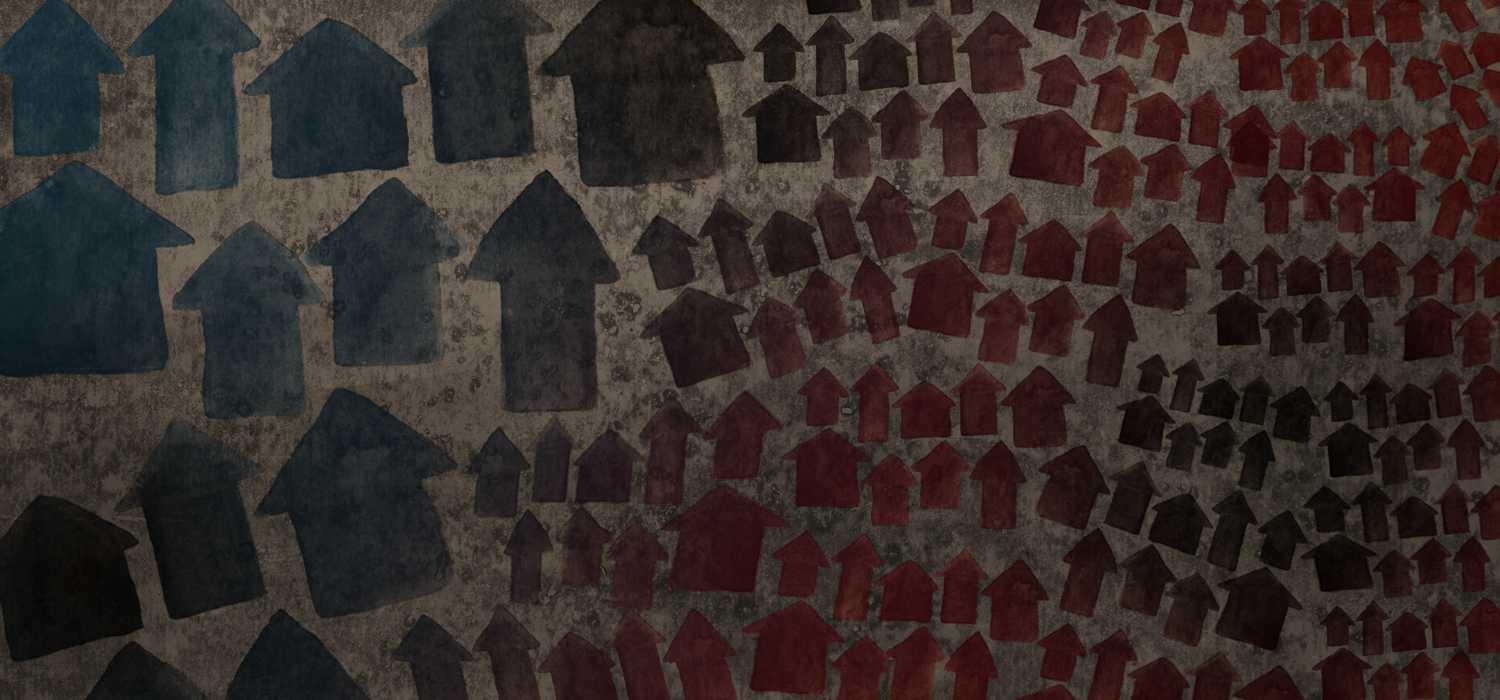
Throughout this week, Urban Institute scholars offer evidence-based ideas for policies that can make a difference for communities in Baltimore and beyond grappling with inequality and injustice. Although this series covers a lot of issues, we by no means address all the challenges that matter.
Mortgage finance may not be at the forefront of policy conversations about the recent Baltimore protests, but a closer look the city’s housing data shows that it is one of many problems at play. A stagnant and uneven housing recovery—especially in communities of color—has contributed to growing inequality in cities across the country, but there are local and national solutions to address the problem.
Easing credit standards would strengthen the recovery
Lending standards have tightened significantly since the collapse of the mortgage market, a problem that especially affects communities of color where many borrowers have lower incomes, smaller savings, and lower credit scores, due to the legacies of segregation and discrimination.
Mapping mortgage activity in Baltimore shows a striking disparity in lending within the city limits. Loans made to African American borrowers to purchase a home declined by 83 percent from 2006 to 2013, compared with 52 percent for non-Hispanic white borrowers. While lending standards in 2006 were undoubtedly too loose, lenders and regulators have overcorrected for the abuses of the subprime bubble, and are now locking out borrowers who would have qualified even in a typical healthy year for the mortgage market like 2001. Today, despite composing the majority of the city, African American households accounted for less than a quarter of new mortgages in 2013.

The disparity is apparent in the neighborhood-level housing market conditions, too. More affluent and predominantly white parts of Baltimore have seen resurging home prices relative to neighborhoods like that of Freddie Gray. According to our analysis of ZIP-code-level home sales activity, home prices in Canton, a wealthier neighborhood, have seen a 45 percent gain in the past three years, while prices in Sandtown-Winchester, where Gray lived, have climbed just 10 percent. This stands in contrast to a national trend of prices in neighborhoods with less expensive houses generally rebounding faster than more expensive neighborhoods, but given the broader economic problems facing inner-city Baltimore, it’s not all that surprising.
Tight credit is a part of the problem that policymakers should continue to address with greater urgency. Federal housing agencies must do more to increase regulatory certainty for lenders, who remain hesitant to extend credit to borrowers with moderate FICO scores. This means clarifying rules and penalties surrounding the mortgage underwriting process, and resolving sometimes conflicting timelines that servicers face for non-performing loans. These actions won’t make housing market disparities disappear, but they would represent significant progress towards ensuring that people of color have access to homeownership.
Expanding what’s working
While excessively tight lending standards are mostly a matter of federal policy issues, local approaches show promising results in reducing urban blight and improving neighborhoods, especially when it comes to the roughly 16,000 vacant properties within city limits. In Baltimore, the Vacants to Value program has allowed the city to rehabilitate hundreds of vacant homes with a combination of strategic housing code enforcement, incentives for homebuyers, and partnerships designed to draw in private capital. The program is heavily data-driven, relying on detailed records of vacant and abandoned homes to help develop appropriate strategies for a given neighborhood. Some are only spotted with vacancies, meaning quick rehabilitations can keep a block’s home prices from a sharp fall, while others need larger-scale solutions and more capital.
Baltimore’s economic struggles predate the recent housing crisis, but the uneven recovery is only worsening the disparity between affluent neighborhoods and those like Freddie Gray’s. Expanding access to credit to normal levels would allow some households currently locked out of the mortgage market by tightened standards to make an investment in themselves and in their neighborhood via homeownership. Moreover, it would strengthen programs like Vacants to Value, which cannot accomplish its goal of converting vacant, blighted properties with occupied, refurbished ones unless there are families who aspire to homeownership and can qualify for a mortgage. The greater the number of eligible families, the greater the number of vacant properties that can be rehabilitated and reoccupied.
Baltimore faces complex, interwoven challenges in a range of policy areas. In order to strengthen the city’s housing recovery, especially in communities of color, it is imperative that we open the credit box and highlight programs that offer solutions now.
Illustration by Adrienne Hapanowicz, Urban Institute
Let’s build a future where everyone, everywhere has the opportunity and power to thrive
Urban is more determined than ever to partner with changemakers to unlock opportunities that give people across the country a fair shot at reaching their fullest potential. Invest in Urban to power this type of work.